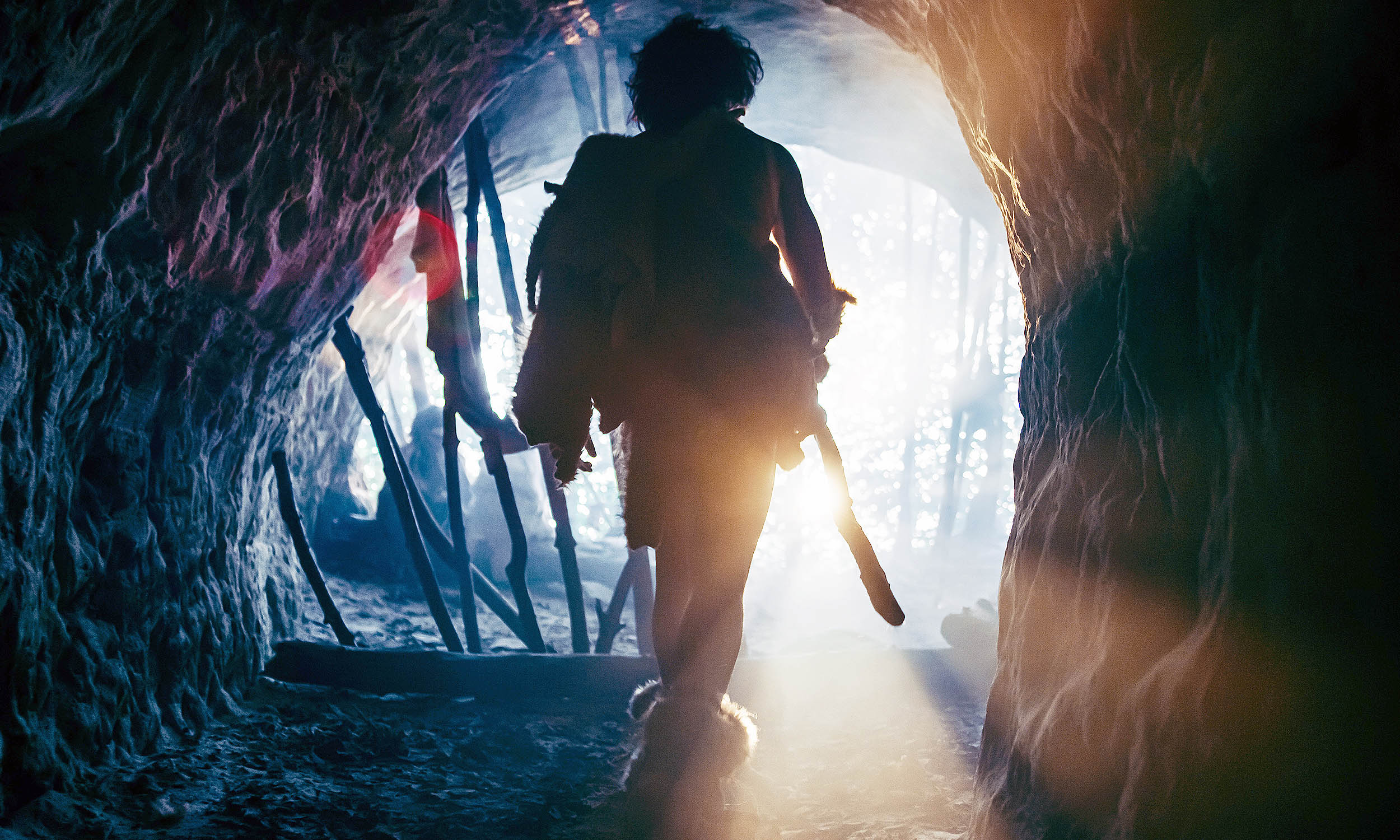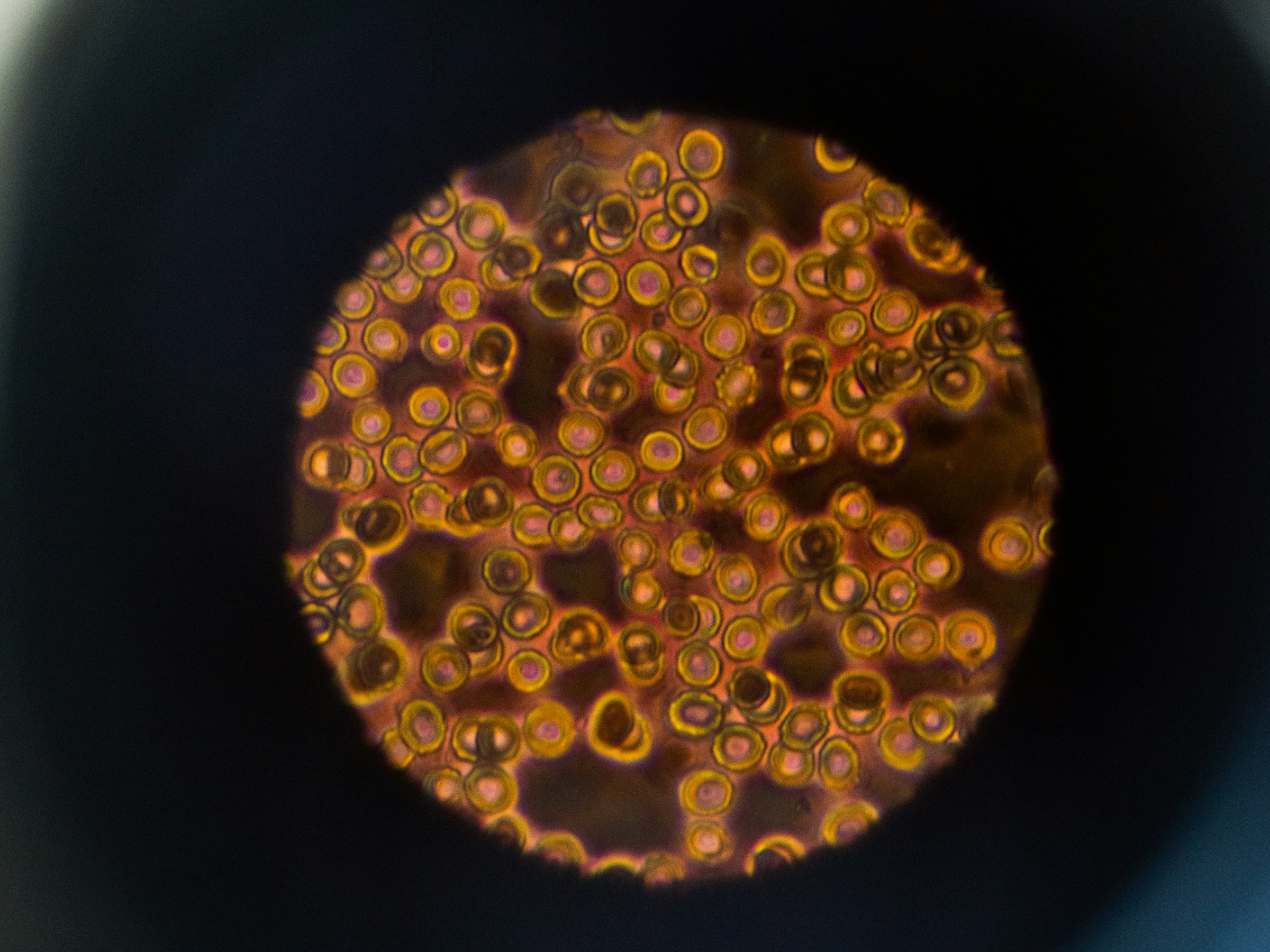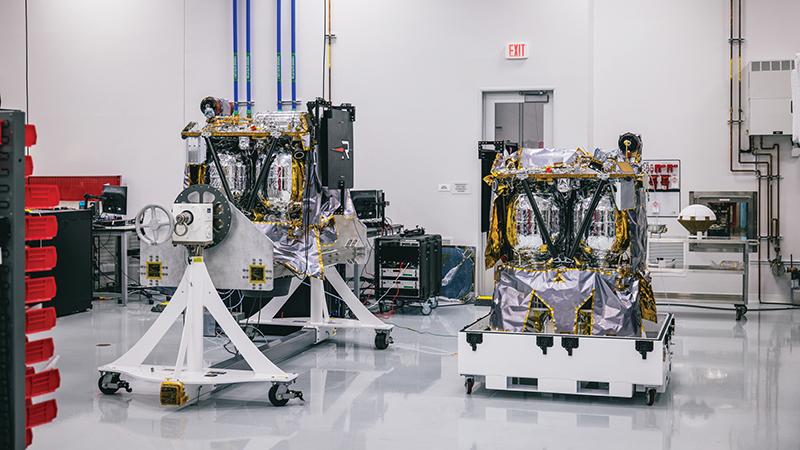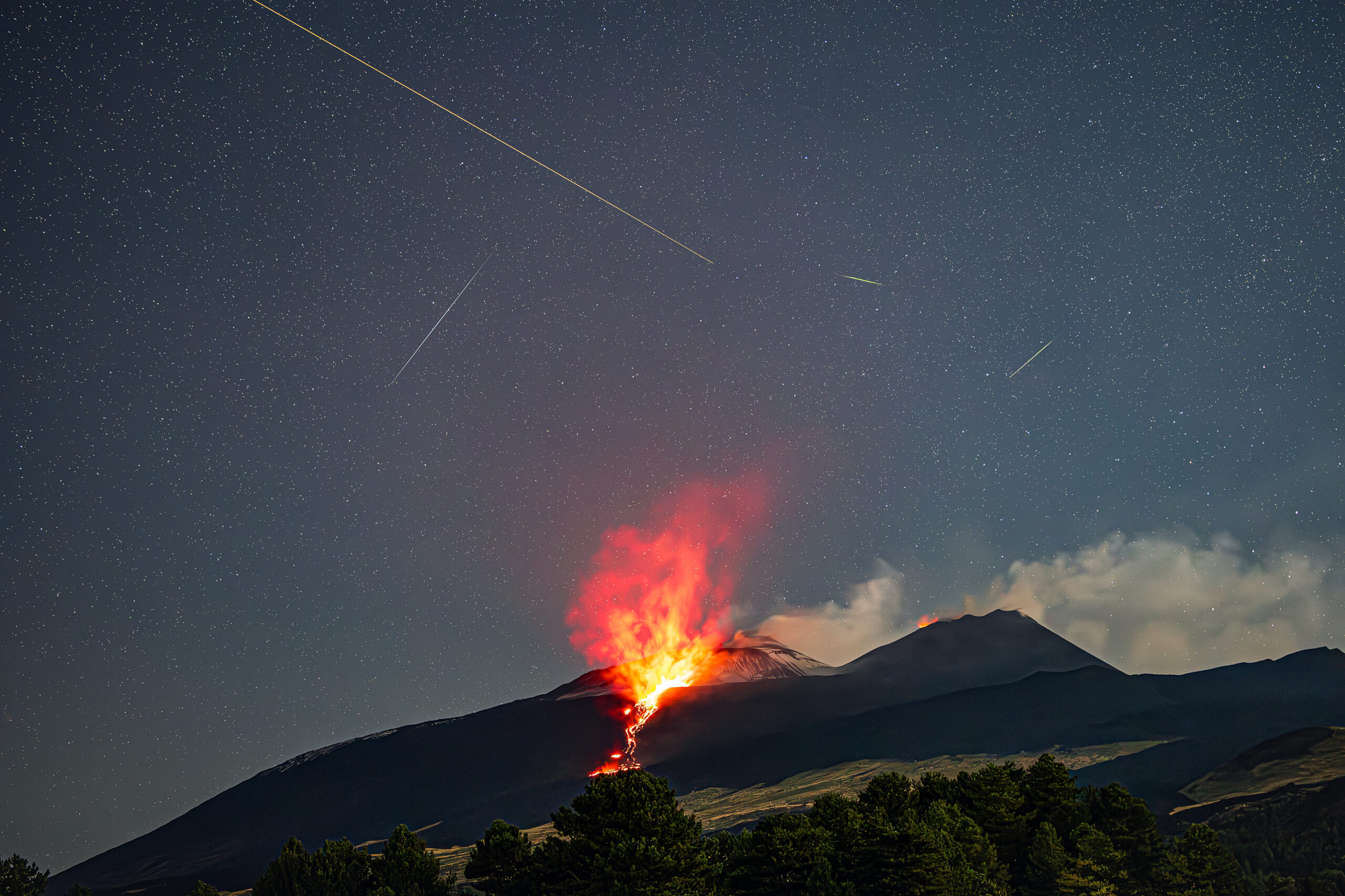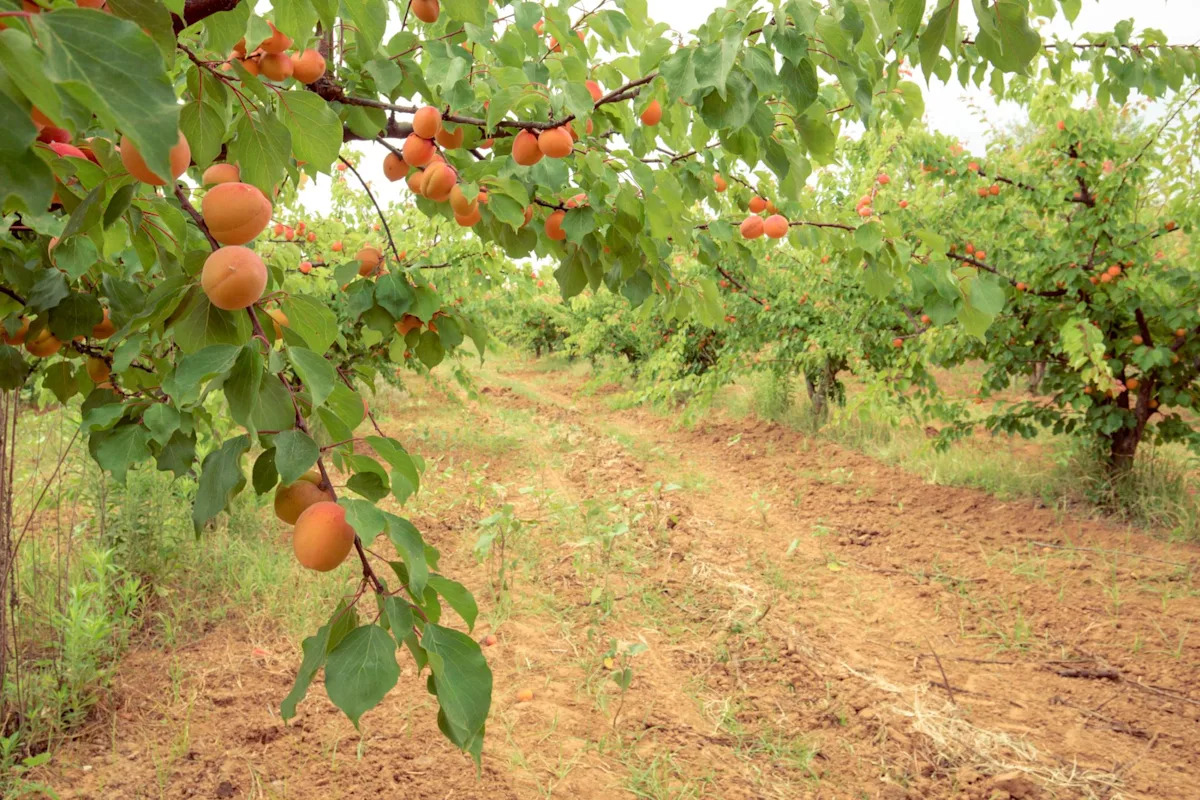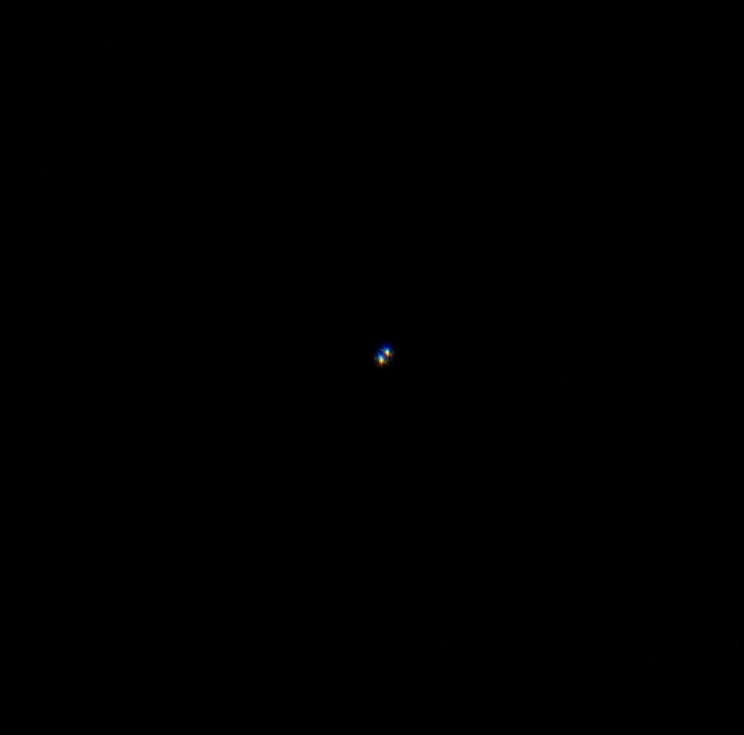Some of the first human settlers in the Americas carried more than primitive skills and tools, they also brought a small but powerful genetic variant called MUC19.
That gene fragment, inherited from an extinct hominin called Denisovans, appears to have helped early people cope with new diseases, foods, and landscapes.
In a new study, a team of scientists led by the University of Colorado Boulder (CU Boulder), with collaborators including Brown University, traced a Denisovan-derived variant of a gene called MUC19 that is unusually common in people with Indigenous American ancestry.
Denisovans gave us MUC19
“In terms of evolution, this is an incredible leap,” said Fernando Villanea, an assistant professor in the Anthropology department at CU Boulder and a lead author of the study. “It shows an amount of adaptation and resilience within a population that is simply amazing.”
The result ties a deep past event to a much later journey. Long before humans crossed the Bering Strait ice corridors, Denisovans and Neanderthals interbred.
Later, Neanderthals and humans did the same. Along that chain, a Denisovan version of MUC19 made its way into some human populations. Natural selection then favored it in the Americas.
Extinct cousins left their mark
Denisovans were close cousins of both humans and Neanderthals. They ranged from Siberia south toward Oceania and west onto the Tibetan Plateau.
Fossil traces are sparse, and the first recognized Denisovan was identified only 15 years ago through DNA in a bone fragment.
Like Neanderthals, Denisovans likely had prominent brow ridges and lacked chins – we think. What we know much more about is their genetic legacy.
“We know more about their genomes and how their body chemistry behaves than we do about what they looked like,” Villanea said.
They left DNA behind in many modern people, shaping biology from immunity to altitude tolerance.
MUC19 improved human health
MUC19 sits in a family of 22 mucin genes in mammals. These genes help build mucus, a frontline barrier that protects tissues and traps pathogens.
“It seems like MUC19 has a lot of functional consequences for health, but we’re only starting to understand these genes,” said Villanea.
Earlier work showed Denisovans carried a distinctive MUC19 sequence. Some modern humans inherited it. That kind of admixture was common in the ancient world.
While all modern humans carry some Neanderthal DNA, only about 5 percent of us have Denisovan genes in our blood.
DNA reveals American adaptation
Villanea and co-lead author David Peede examined already published genomes from people in Mexico, Peru, Puerto Rico, and Colombia.
They asked a simple question with big implications: Where is the Denisovan MUC19 variant most common?
The answer pointed to the Americas. Roughly one in three people of Mexican ancestry carries a copy of the Denisovan MUC19 variant.
The signal is strongest on genomic segments that reflect Indigenous American heritage. In contrast, only about 1 percent of people with Central European ancestry carry it.
Denisovan core, Neanderthal shell
The team found another twist. The Denisovan segment sits inside a larger stretch of Neanderthal-derived DNA. “This DNA is like an Oreo, with a Denisovan center and Neanderthal cookies,” Villanea said.
That sandwich points to the path this gene likely took. Denisovans first passed MUC19 to Neanderthals. Later, Neanderthals passed that package to humans.
It is the first clear case of Denisovan DNA reaching humans through Neanderthals and not only through direct Denisovan-human mixing.
First settlers in the Americas
After humans reached the Americas, selection seems to have boosted the Denisovan MUC19. Why here and not elsewhere?
The first Americans faced environments unlike any their ancestors had known. New pathogens, new foods, new seasons and new terrains.
A mucus-related gene that improved barrier defenses or mucosal health may have offered an edge.
“All of a sudden, people had to find new ways to hunt, new ways to farm, and they developed really cool technology in response to those challenges,” noted Villanea. “But over 20,000 years, their bodies were also adapting at a biological level.”
Ancient genes and new worlds
The migration story spans ice, coastlines, and time. Early people moved from a shared ancestral population around the Bering Strait into a continent that contains rainforests, deserts, high mountains, and grasslands.
“What Indigenous American populations did was really incredible,” Villanea said. “They went from a common ancestor living around the Bering Strait to adapting biologically and culturally to this new continent that has every single type of biome in the world.”
Genes like MUC19 offer a record of that adaptation. They capture how ancient encounters with cousins like Denisovans left tools that descendants later used.
MUC19, humans, and the future
The team now wants to test what different versions of MUC19 do in living people.
Does the Denisovan variant change mucus properties in the mouth, gut, or airways? Does it alter infection risk or inflammation? Those answers would connect a striking evolutionary story to present-day health.
For now, the lesson is broad. Human evolution is not a straight line. It is a braided river with tributaries from Neanderthals and Denisovans. Some of those tributaries carried genes that mattered when humans stepped into a new world.
The first Americans adapted with ingenuity, culture, and technology – and, as this study shows, with a little help from very ancient DNA.
The study is published in the journal Science.
—–
Like what you read? Subscribe to our newsletter for engaging articles, exclusive content, and the latest updates.
Check us out on EarthSnap, a free app brought to you by Eric Ralls and Earth.com.
—–
